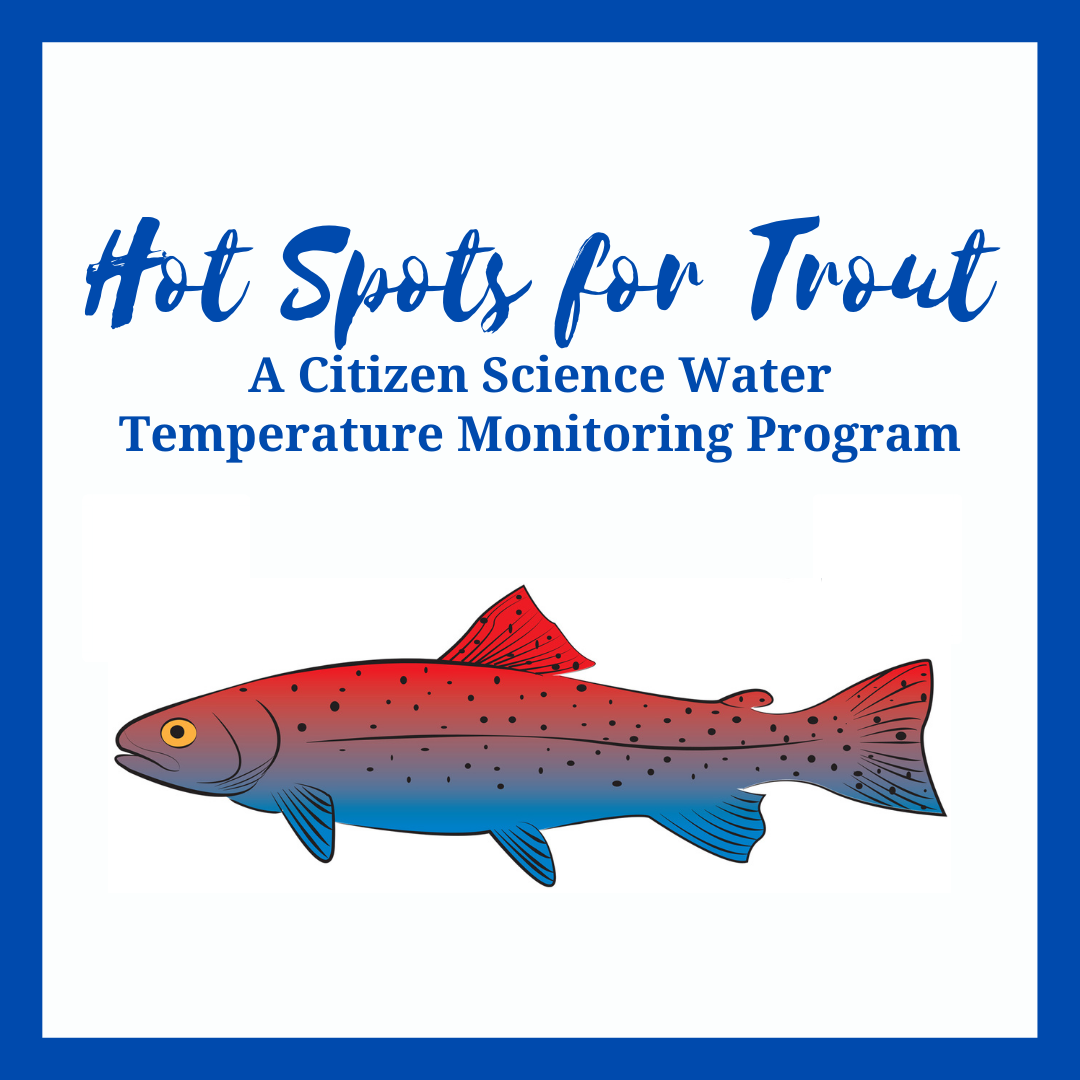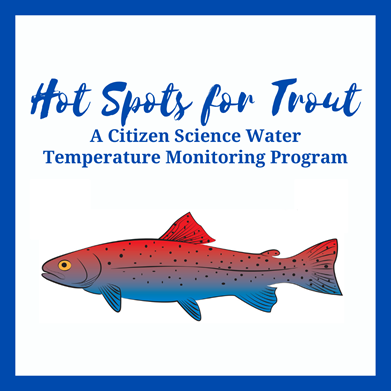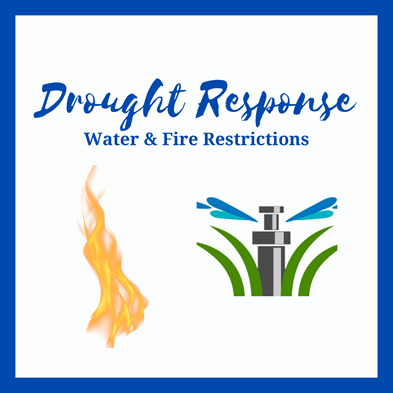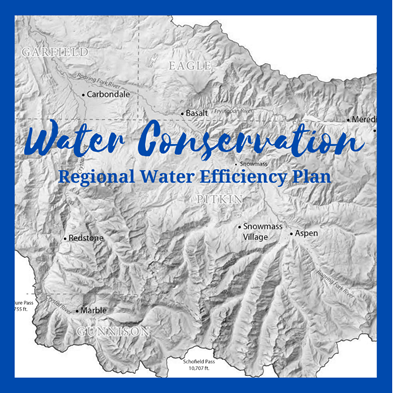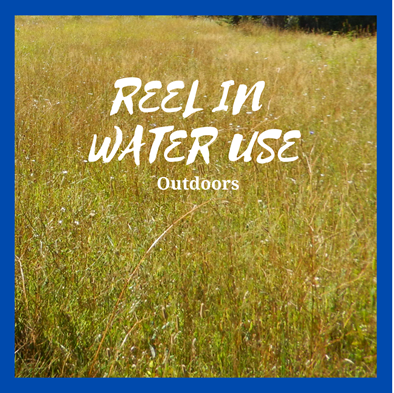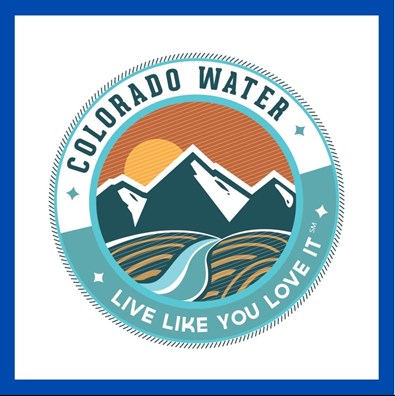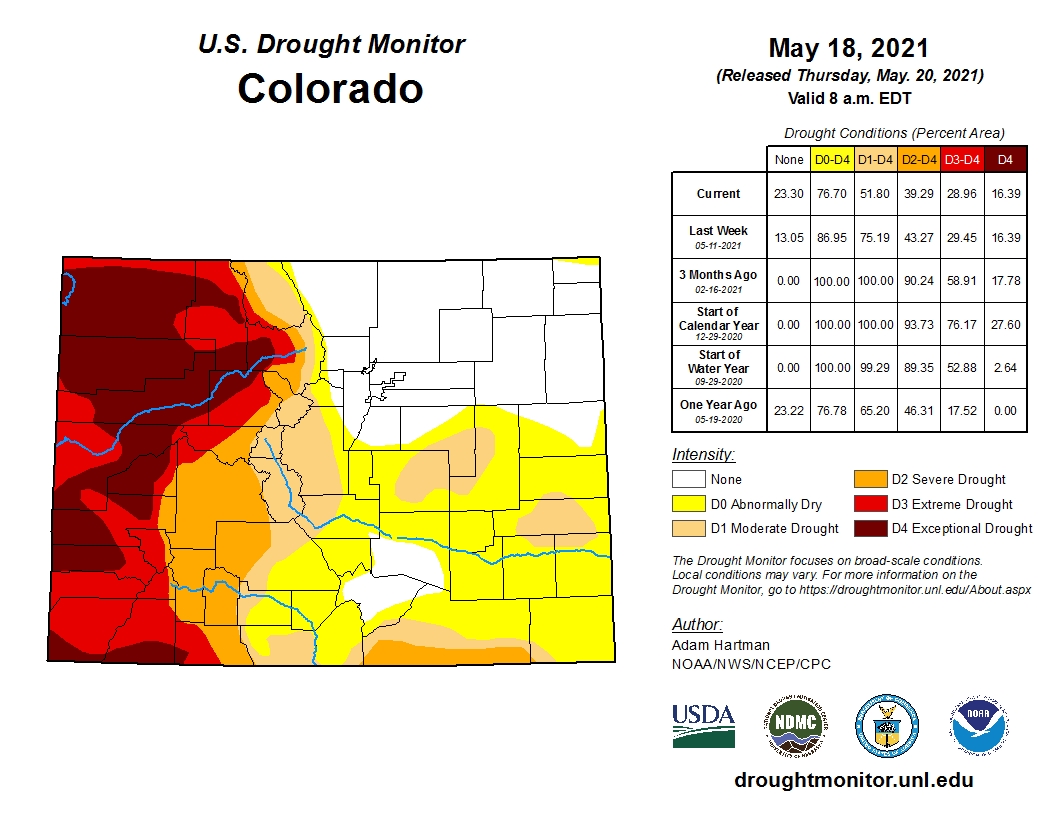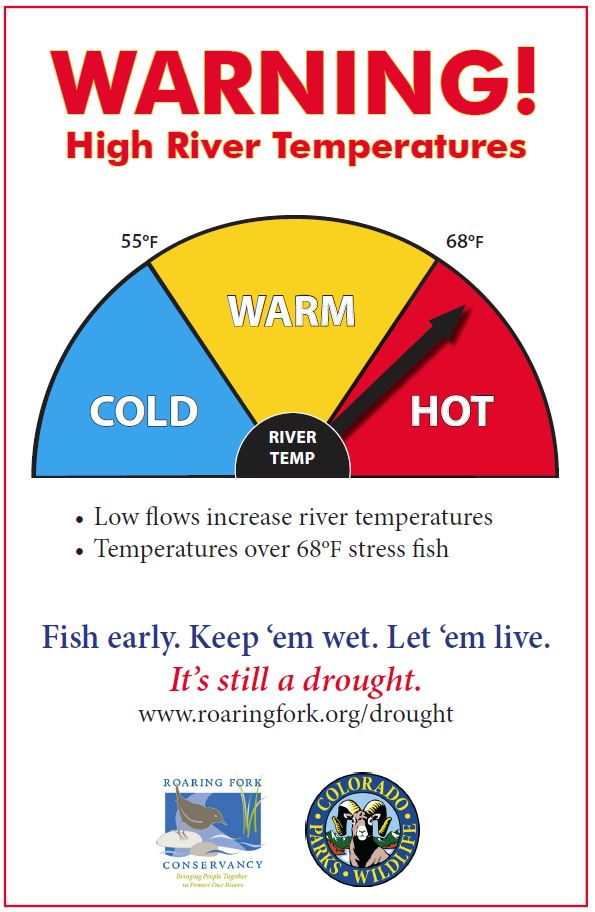Western Colorado has experienced extended periods of drought in the last few years.
As water users, we all depend on the ecosystems, energy, food, and industries supported by water in this arid Western landscape.
RFC is paying attention to the effects low precipitation is having on the rivers and streams of the Roaring Fork Watershed. Please check back here often to learn about our efforts, and resources and information relevant to the drought conditions experienced in Western Colorado.
Click on the images below to learn more about:
